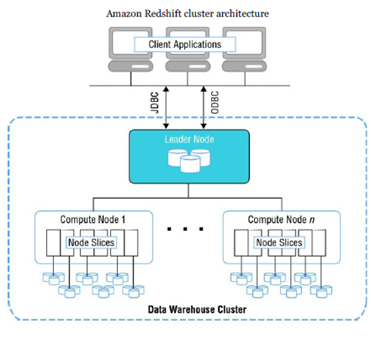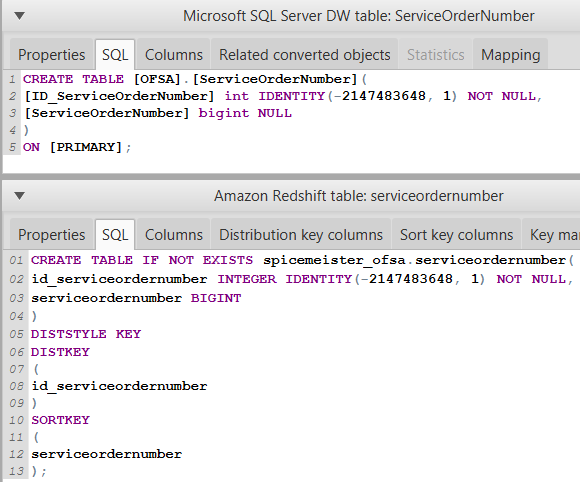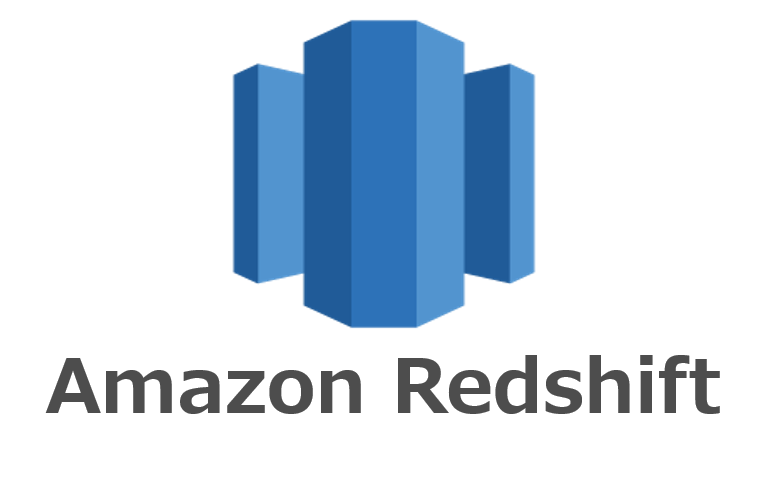

Due to the many services that exist within Amazon, users have easy access to reliable backups for their Redshift datasets.Ĭomparing the two data warehouses on features, Snowflake has more robust support for JSON-based functions as well as better database maintenance automation. It offers good query performance courtesy of high-bandwidth connections, close proximity to users due to the numerous Amazon data centers around the world, and tailored communication protocols. These clusters are also used for load balancing to enhance performance. Like Snowflake, Amazon offers independent clusters to users.


The Snowflake Elastic Data Warehouse enables users to analyze and store data utilizing Amazon S3 or Azure resources.ĪWS Redshift positions itself as a petabyte-scale data warehouse service that can be used by BI tools for analysis. Sitting on top of this are cloud services for authentication, infrastructure management, queries, access controls, and so on. It processes queries against virtual warehouses within the overall warehouse, each one in its own cluster node independent of others and not sharing compute resources. Offered via the Software-as-a-Service (SaaS) model, it uses an SQL database engine to manage how information is stored in the database. Snowflake is a relational database management system and analytics data warehouse for structured and semi-structured data. Therefore, selection often boils down to platform preference and suitability for the organization’s data strategy.Īlso see: Best Data Analytics Tools Snowflake vs. But while there are many similarities between these data warehouse platforms, they each have a different orientation. Both are well-respected data warehousing platforms.īoth provide the volume, speed, and quality demanded by business intelligence and data analytics applications. Enter modern cloud-based data warehouses such as Snowflake and AWS Redshift. But with the volume of data to be analyzed rapidly rising, organizations need a way to corral all that data in one place, ripe for analysis.
#AWS REDSHIFT DATA TYPES HOW TO#
Watch this short video to learn how to upgrade or read this guide to learn more.Data analytics and data management have become crucially important as digital transformation makes business ever more competitive. Simply take a snapshot of your cluster and restore it to a new RA3 cluster. You can upgrade to RA3 instances within minutes no matter the size of your current Amazon Redshift clusters. Feature high bandwidth networking that reduces the time for data to be offloaded to and retrieved from Amazon S3.Use automatic fine-grained data eviction and intelligent data pre-fetching to deliver the performance of local SSD, while scaling storage automatically to S3.Include AQUA, the new distributed and hardware accelerated cache that enables Redshift to run up to 10x faster than other cloud data warehouses by automatically boosting certain types of queries.Allow you to pay per hour for the compute and separately scale data warehouse storage capacity without adding any additional compute resources and paying only for what you use.The new RA3 instances with managed storage: Built on the AWS Nitro System, RA3 instances with managed storage use high performance SSDs for your hot data and Amazon S3 for your cold data, providing ease of use, cost-effective storage, and fast query performance. This gives you the flexibility to size your RA3 cluster based on the amount of data you process daily without increasing your storage costs. With new Amazon Redshift RA3 instances with managed storage, you can choose the number of nodes based on your performance requirements, and only pay for the managed storage that you use. You may be looking for ways to cost-effectively analyze all your data. As the scale of data continues to grow - reaching petabytes, the amount of data you ingest into your Amazon Redshift data warehouse is also growing.


 0 kommentar(er)
0 kommentar(er)
